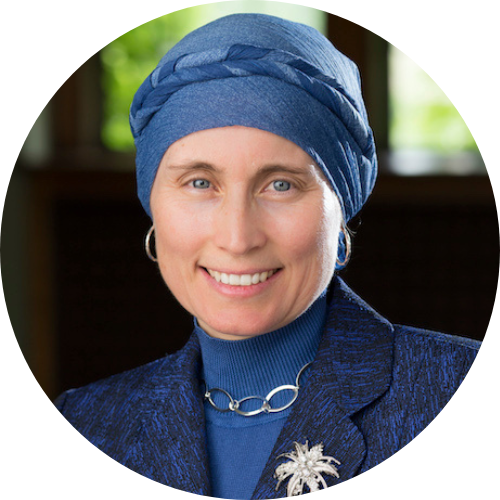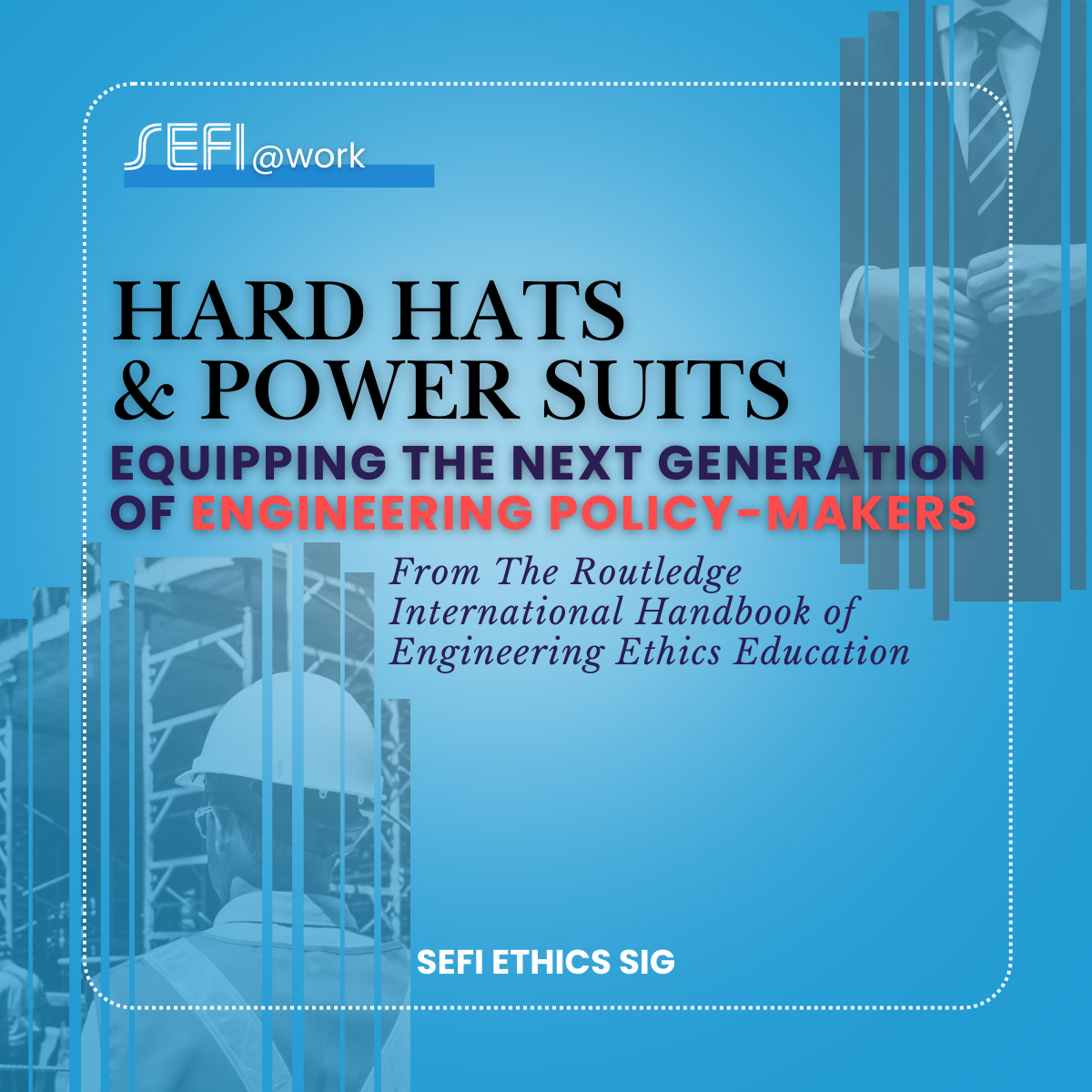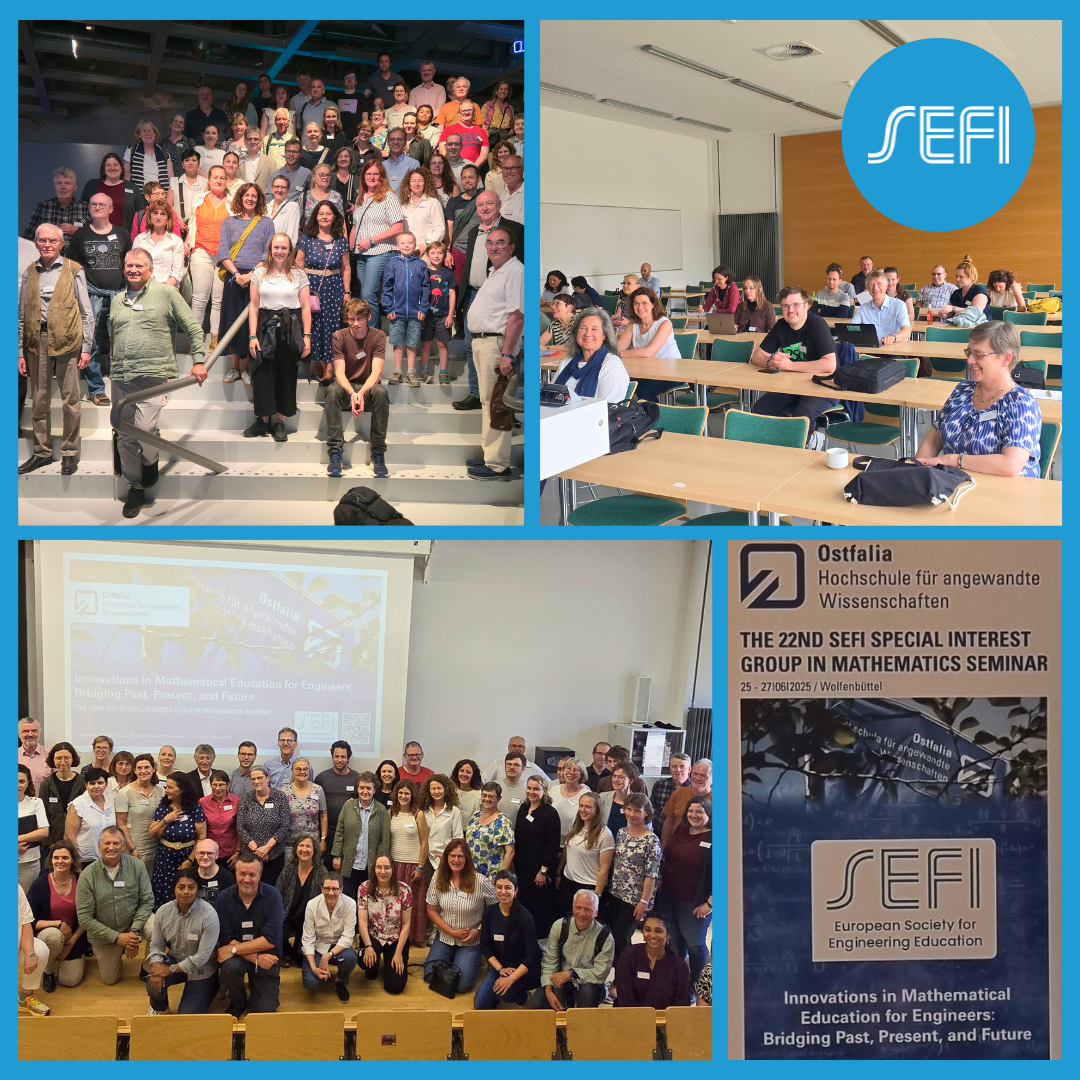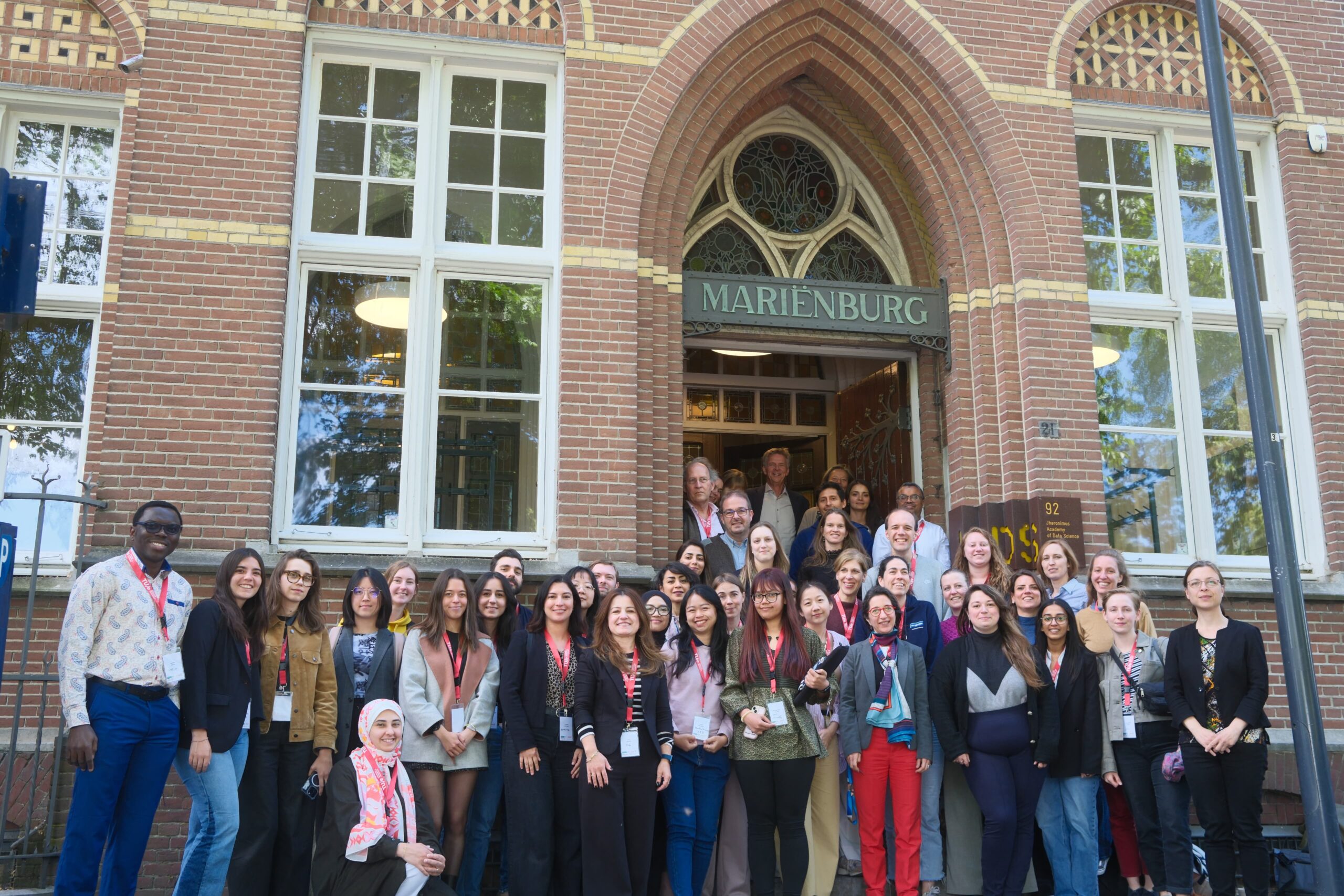By Tom Børsen, Associate Professor, Aalborg University How can we prepare engineering students not only…
Jacqueline El-Sayed from ASEE on Growth with Neil Cooke and Natalie Wint

To continue with this season which celebrates fifty years of SEFI, we are seeking inspiration from across the pond. We speak to Jacqueline El-Sayed the first female Chief Executive Officer and Executive Director of the American Society for Engineering Education (ASEE) to find out what we can learn from the world’s largest society for engineering education. Jacqueline shares how her leadership experience in K-12 education, academia, industry, and government has supported her work at ASEE, whose members span multiple sectors.
The rest of the article will summarise the key points discussed.
The history and transformation of ASEE
Jacqueline explains that ASEE was founded in 1893 as a society for the promotion of engineering education at a time of growth in American higher education following the Moral Land Grant. As the importance of engineering grew, people became more focused on the way in which engineering was taught and the ASEE spearheaded several reports in the area including the Mann Report, the Wickenden Study, and the Grinter Report. Jacqueline describes how ASEE evolved from a volunteer run organisation in the 1950s, and established headquarters in Washington DC in the 1960s. By the 1970s they had a large portfolio of government contracts with the Department of Defence (DoD) and NASA which began the start of collaboration between the government and ASEE for developing future talent. During this time ASEE began to focus more on member benefits and the career development of their members through courses, leadership institutes, workshops, communities of practice and mentoring schemes for those at each career stage. They also started to recognise members through Fellow Awards and the Hall of Fame for Lifetime Achievement.
ASEE within the American Engineering Education Landscape
Jacqueline explains that ASEE is unique in comparison to other engineering societies in America as many societies focus on disciplines or supporting specific demographic groups. In comparison, ASEE members span students, K12, higher education, graduate education, and industry, as well as the range of engineering disciplines and the affinity groups.
Global similarities and differences
Jacqueline describes how ASEE is focusing on the accelerating rate of change in technology and how to prepare future engineers for roles which are very different from what they are today. She speaks about how powerful tools and technology such as artificial intelligence, machine learning, and advanced manufacturing will require engineers to work more collaboratively and in an ethical, responsible manner.
She also explains how the reduction in population of college age students has resulted in increased outreach to groups historically excluded from engineering, as well as programmes which focus on retention of students, and which look to foster belonging. She also explains that differences in the way that higher education is financed in America means that students are leaving university with increasing levels of debt, which further increases pressure.
The Structure of ASEE
Jacqueline explains that ASEE has about 160 divisions which focus on both topical issues and disciplines. All of those divisions are self-governing and, ASEE members can become members of several divisions, and run for election to take a role such as chair or treasurer. Then there are several councils, for example the Engineering Deans Council, Engineering Research Council and Engineering Technology Council. Finally, there are commissions. The ASEE Board of Directors then has its own governance committees.
What is available to members?
- Conferences: As well as the ASEE Annual Conference, there are others including the Public Policy Colloquium (PPC) which works with government outreach, the Research Leadership Institute which is for anyone who is interested in in getting involved in research and the Engineering Technology Leadership Institute where individuals who are interested in engineering technology get together, as well as several other conferences both in person and online.
- Journals such as Advances in Engineering Education, the Journal of Engineering Technology and the Journal of Engineering Education,
- Department of Institutional Research and Analytic who conduct extensive research on diverse issues in engineering education using our national data collections and aligned with ASEE’s core missions and values.
- Professional development https://learning.asee.org/course-catalog/
- Support in becoming an ABET Programme Evaluator
- Prism magazine
Latest Initiatives
Jacqueline talks about the ASEE Diversity Recognition Programme whereby a college can apply to be recognised at the bronze, silver and gold level for being inclusive.
https://diversityrecognition.asee.org/
She mentions work focused on capacity building within research in collaboration with the National Science Foundation (NSF) and the Engineering Research Visioning Alliance which looks ahead to research areas of the future such as Industry 4.0 and which focuses on the competencies and curriculum needed for execution and operationalisation. She then goes on to describe the Engineering Deans’ Gender Equity (EDGE) initiative which focuses on development of inclusive promotion and tenure processes.
The Engineering Deans’ Gender Equity (EDGE) Initiative (asee.org) Two further initiatives include ‘weaving students into engineering’, which focuses on developing a framework of evidence-based programs for recruiting, admitting, and onboarding engineering students as well as providing skills-development training for students. collecting best practice and the eFellows Engineering Postdoctoral Fellowship Program, a fellowship program that supports early career engineers conducting high level research while preparing them to become academic leaders.


